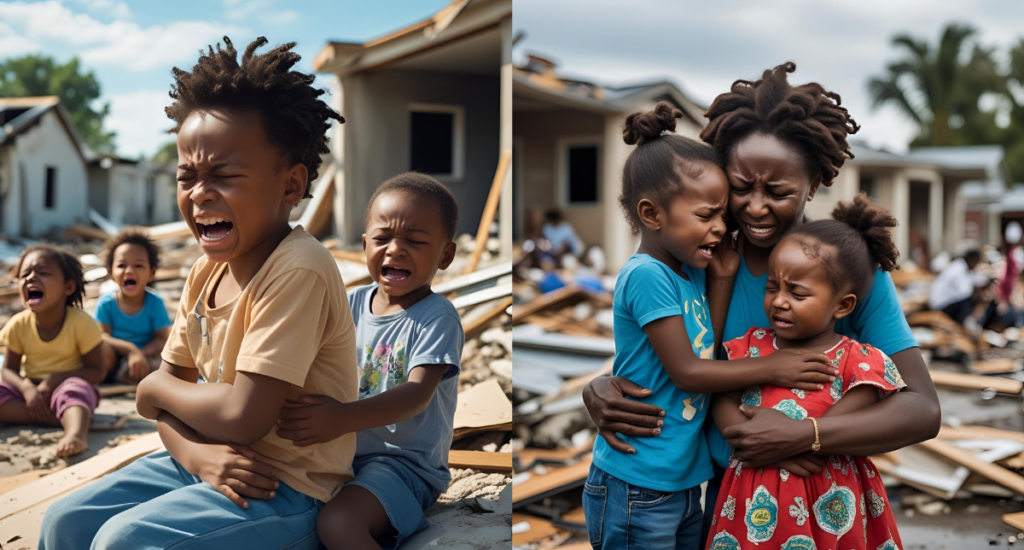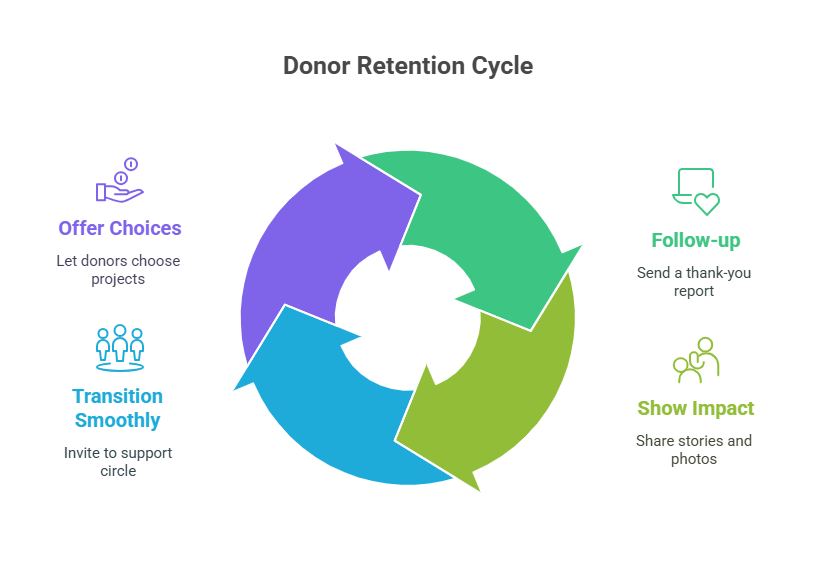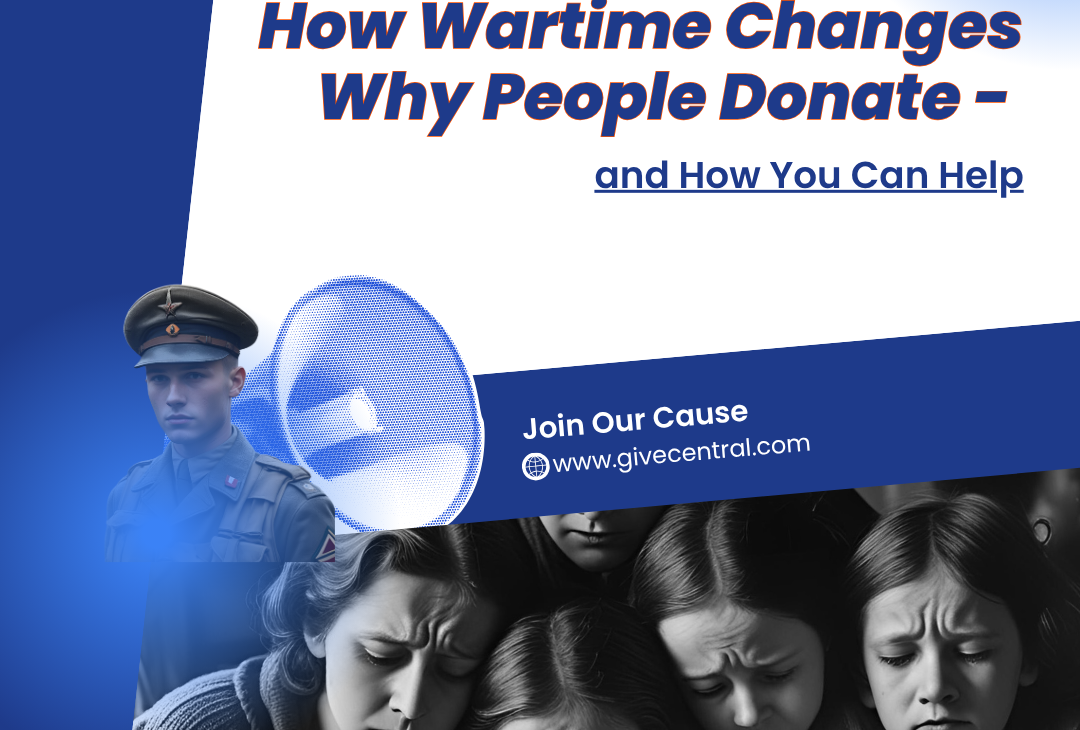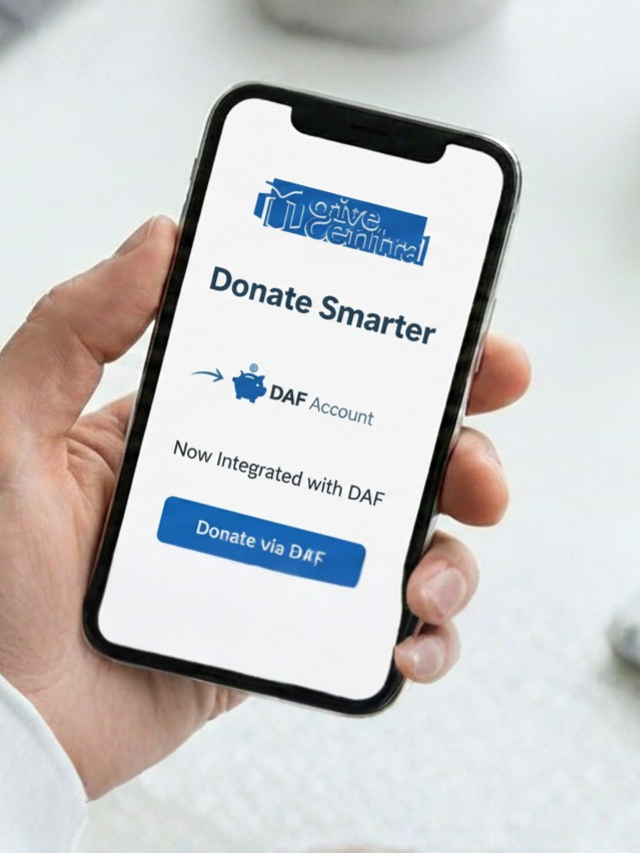When bombs fall in one country, our hearts open in another. But why do people switch their giving during war, pulling money from pets and education to pour it into emergency aid? If you run a charity or fundraiser, learn how to maximize wartime fundraising. Here’s the truth.

Why does Donor Behavior change during Wartime Fundraising?
People give more during the war because emotions go into overdrive. They see images on TV or social media—children crying, homes destroyed—and it hurts. This raw emotion sparks urgency. Donors feel like they must act now before it’s too late.
Real story:
In 2022, when conflict-hit Ukraine, global donors rushed to give. A major fundraiser jumped from raising a few hundred thousand dollars to tens of millions within days. The media covered every moment. The pressure and empathy were too strong to ignore.
That emotion also triggers social proof: people share posts, tag friends, and challenge each other to match their giving. This viral chain reaction shows up everywhere—from LinkedIn posts to TikTok challenges.
Outcome: You now know why donors are more open to talking, sharing, and acting fast during wartime.
Which Causes Suffer—and Which Wins
Local vs. Global Needs
When war happens abroad, donors often shift attention away from local issues—like animal shelters, education, or community services—to international crisis relief. That means domestic charities can struggle.
Long-Term Projects vs. Emergency Aid
Wartime shifts the spotlight to quick-response organizations, like medical units, food delivery, and refugee support. Donors want their cash to have an instant, lifesaving impact. Long-term plans (tree planting, scholarships, school libraries) suddenly feel too slow.
Tip: If you run a long-term program, explain how your work helps even during wartime—for example, “We train local teachers now to support children impacted by bombs.”
What Data Tells Us
- In recent conflicts, online donations to emergency causes rose by 20–50% within a week.
- A fundraising report showed that 50% of new wartime donors give again within 4 weeks—if you stay in touch.
Visual Suggestion: Create a bar chart showing growth in donations during conflict vs. peacetime, or a timeline with spikes when images or videos went viral.
Numbers build trust. Show evidence to inspire your audience that giving now is powerful.
How Fundraisers Can Pivot
Want more strategies? Check out our Crisis Response Fundraising Guide.
Craft Urgent Messaging
- Use subject lines that include today’s date: “June 30: Help Ukrainians get food now.”
- Share short stories: Maria’s family lost their home yesterday. Your $20 feeds them tonight.”
- Get instant examples from our Emergency Email & SMS Copy Library.
Leverage Matching Gifts & Challenges
- Work with funders or business partners who match gifts for every $1 someone donates.
- Structure challenges: “The first 100 donors this weekend get matched 2×! Use our Matching Gift Outreach Scripts to secure partners fast.
Go Multi‑Channel
- Email: Send daily updates with photos and progress.
- Social: Use live video “thank you” streams from the field.
- Events: Host virtual gatherings where a field worker or volunteer shares a message.
Sample email snippet: “Today, as we sleep, families in [Conflict Zone] are waking to uncertain skies. $30 bottles of water for 10 people overnight. Can you help?”Download our Free Email Fundraising Guide, packed with subject-line templates, donor segmentation tips, and click-to-donate best practices.
Mistakes to Avoid during Wartime Fundraising
- War Fatigue
People see ads, videos, and messages all day. Keep it real, but not repetitive. Space your updates so you don’t overwhelm them. - Overpromising, saying “every dollar saves a life,” can backfire. Instead: “Your gift buys a warm meal or a blanket for families.”Read more in Silent Churn: Why Donors Stop Giving Quietly.
- Ignoring Local Donors: Make sure your regular supporters don’t feel forgotten. Send them a message like: “We’re also continuing our local work. Thanks for believing in us.”
Case Study: Charity That Pivoted & Won
A Charity in 2023 switched focus quickly when conflict broke out in the region.
- Before: raised $ 50,000/month for clean water projects.
- After the war started, they sent mobile clinics and emergency kits.
- Outcome: raised $ 600,000 in 2 weeks. Gained 15,000 new online donors.
- Key moves:
- Daily short videos from the field.
- Transparent tracking dashboard (“We’ve delivered 5,000 kits—100% funds used.”)
- Matching the challenge with a local business.
They now keep 30% of wartime donors giving to long-term projects by showing how early trust led to lasting impact.
What Happens After the War
Donations surge—but only temporarily if you don’t act. After the crisis, many donors stopped giving. But you can keep them.

How to Retain Crisis Donors
Learn how to keep new donors giving with our Donor Retention Playbook.
- Follow-up: Send a “you made this possible” report 1–2 weeks post-crisis.
- Show Impact
Use photos and stories, like the family who got water because of their gift. - Transition smoothly. Invite donors to join a Support Circle—a low-pressure monthly group. Use this Monthly Giving Toolkit to get started.
- Offer Choices: Let donors pick between ongoing projects or war-recovery programs.
Final Takeaways
- Wartime triggers emotional urgency and big giving spikes.
- Some causes suffer while emergency aid soars.
- Use data and storytelling to build trust.
- Pivot messaging fast—but avoid overwhelm and overpromise.
- Example charities can guide your strategy.
- After the war, focus on donor retention through stories and connection.
Quick action steps:
- Draft 3 urgent email templates (short + date-specific).
- Set up an image/story update 2× per week.
- Pick 1 potential match partner and ask: “Would you double gifts this weekend?”
FAQs
Q: Why do people give more during wartime?
A: They feel strong emotion and urgency. When they see real images and stories, they want to act fast.
Q: How can charities adapt fundraising during conflict?
A: Use short urgent messages, show exactly how funds help, offer matching, and ask donors to share too.
Q: What mistakes do fundraisers make in wartime?
A: They burn out donors with too many asks, promise too much, or ignore their regular supporters.
Q: Do donations drop after the war ends?
A: Often yes. But if you follow up with impact stories and invite donors to stay involved, you can keep them engaged.
Q: How can I keep crisis donors long‑term?
A: Send a thank‑you report, share results with pictures, offer lower-pressure ways to stay involved, and show clear outcomes.
Turn Crisis into Long-Term Impact
When the world shifts overnight, your mission can’t afford to wait.
GiveCentral helps you launch real-time, data-backed fundraising campaigns that speak to urgency, build trust, and keep donors coming back — even after the crisis fades.
Book your free strategy call and get a wartime-ready fundraising system that scales with your cause.
.
Crowdfunding donor management software easy fundraising ideas GiveCentral Community
Last modified: July 16, 2025

















